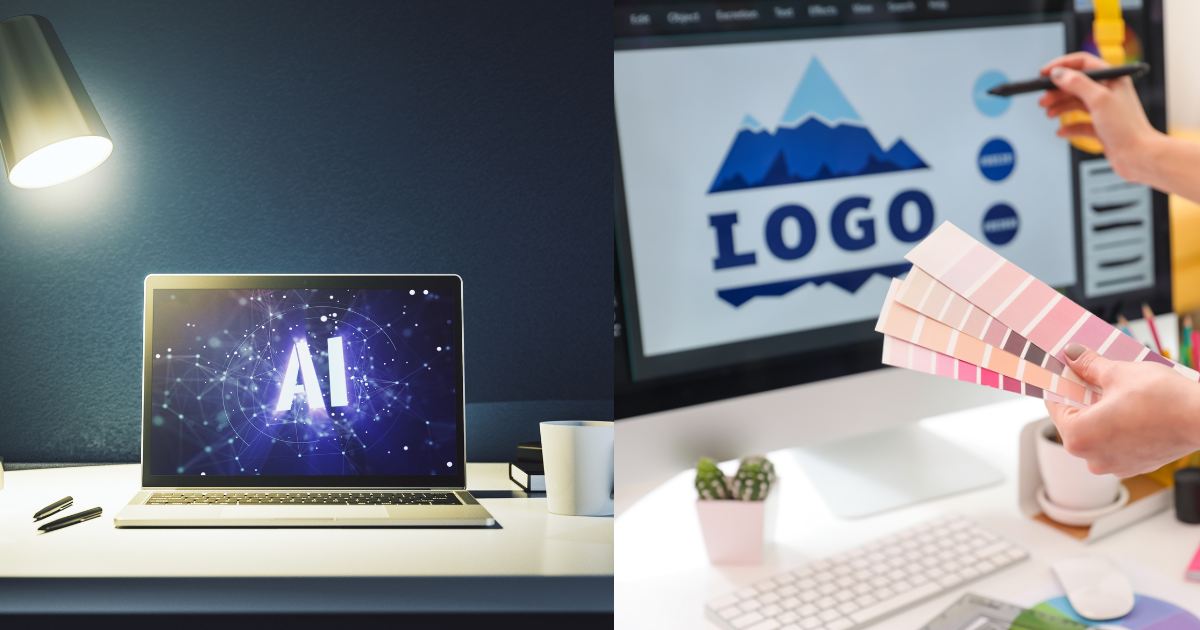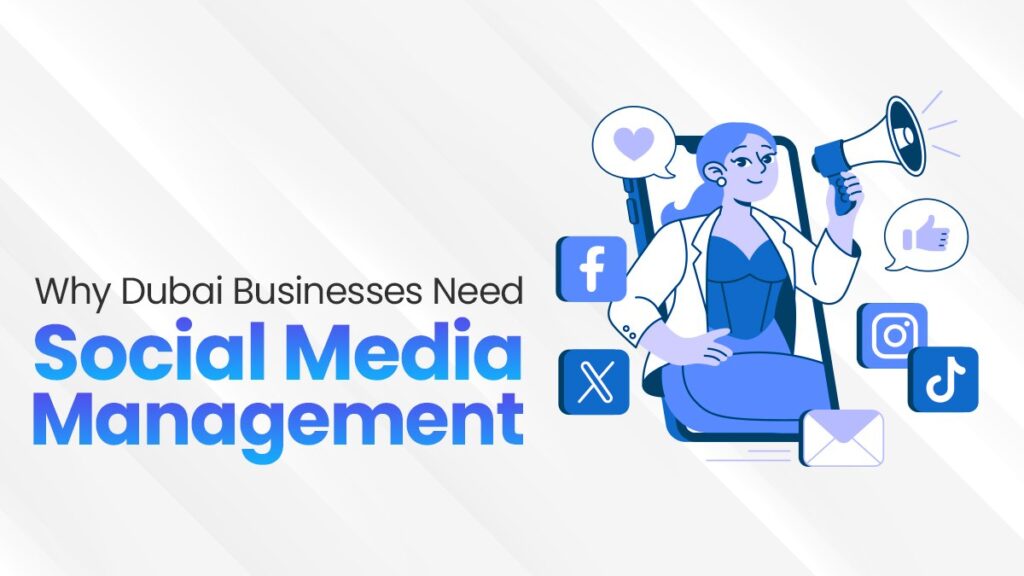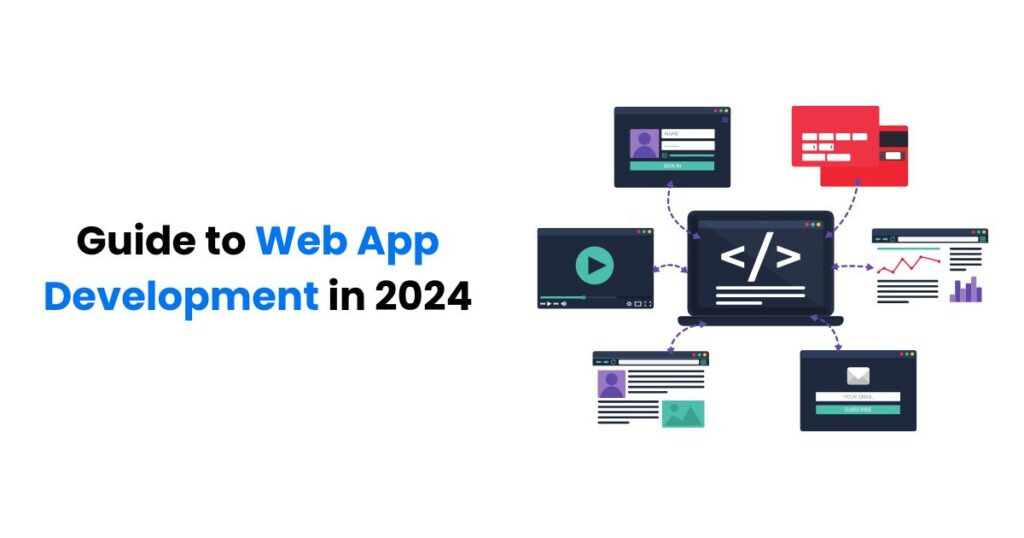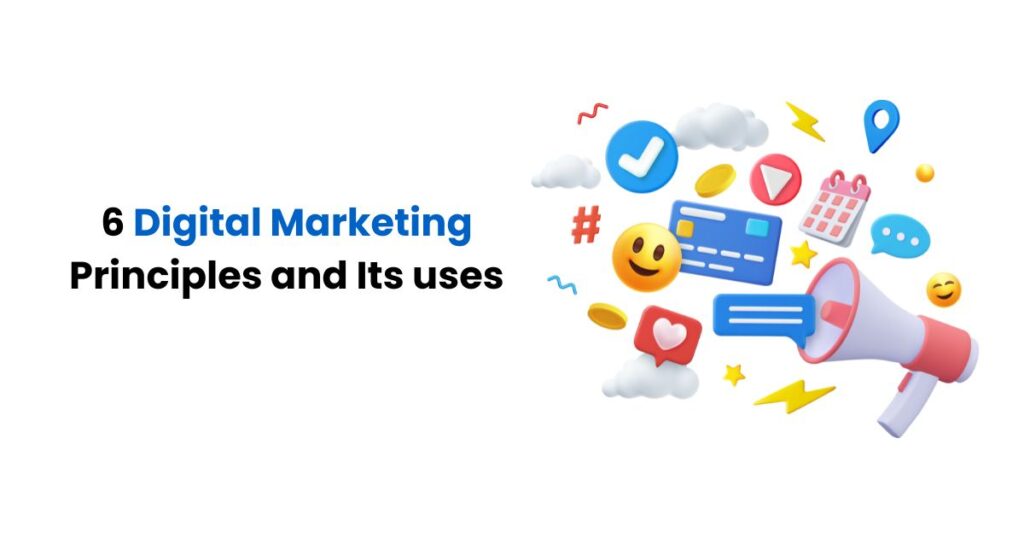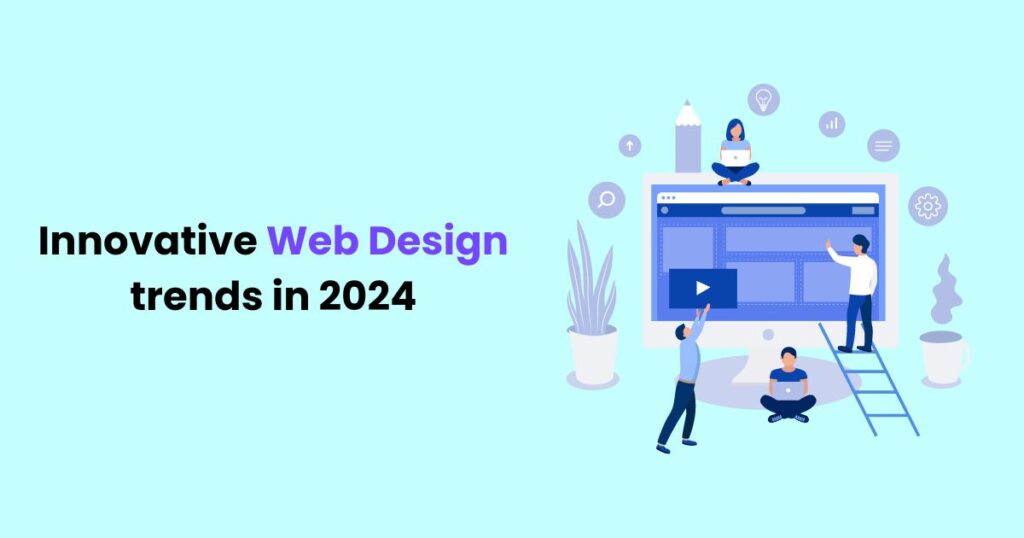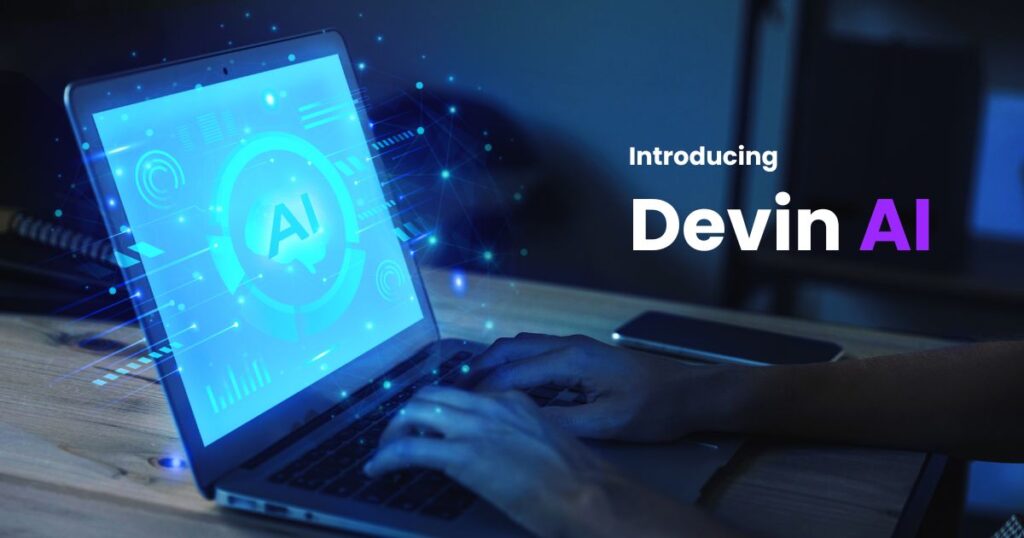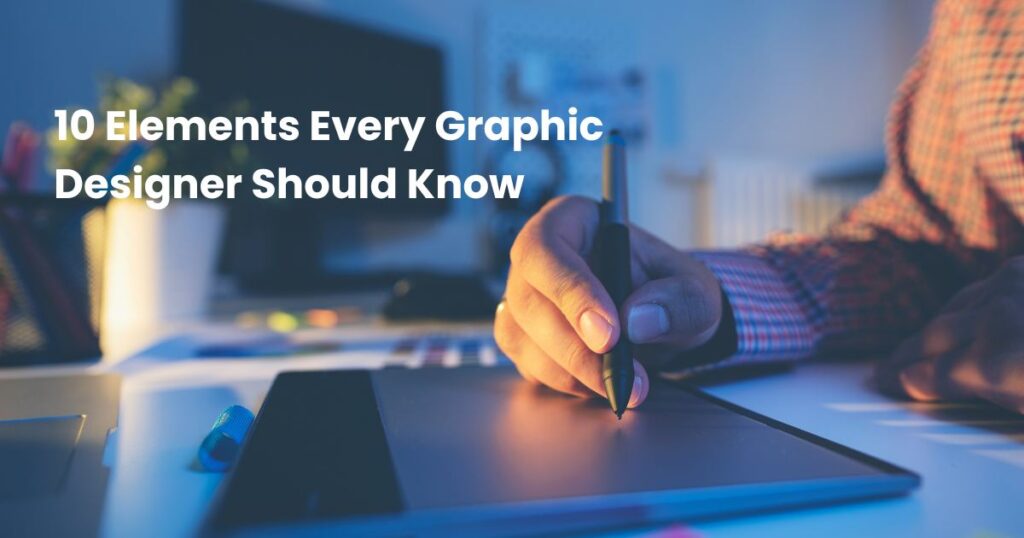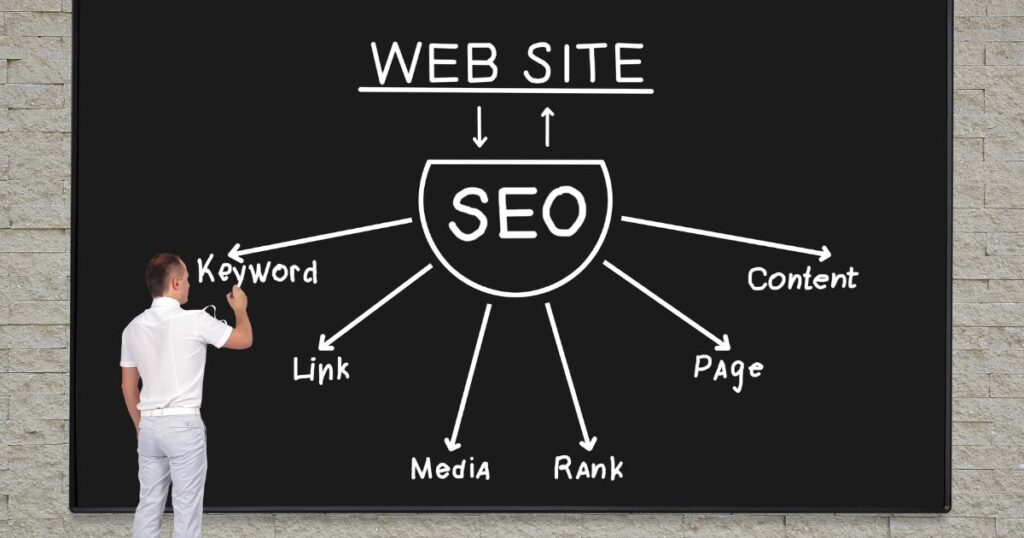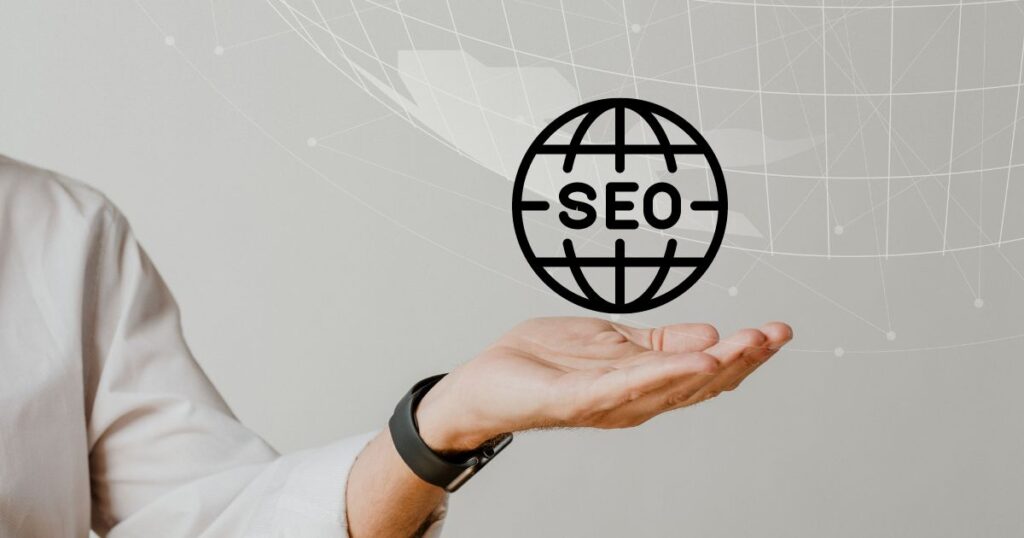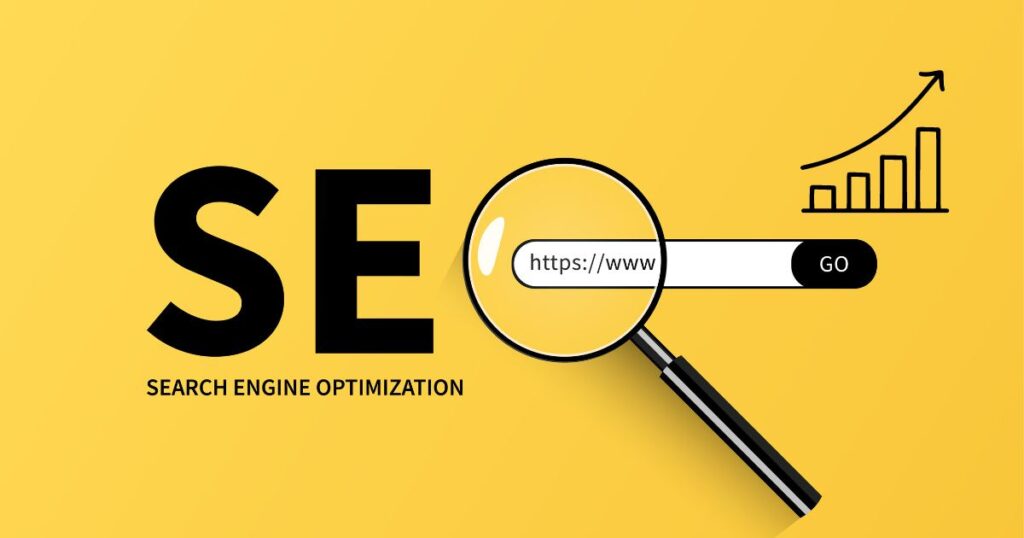Impact of AI on The Graphic Design Sector
The use of artificial intelligence in the graphic design industry has become increasingly popular in recent years. The advent of automated design applications and effective artificial intelligence algorithms are to blame for this change.
Artificial intelligence technology has revolutionized the design process and changed how creative work is approached. It is not unexpected that designers are depending more and more on AI tools to assist them with their everyday jobs given the powerful computing powers that have historically only been available to humans. Examples of these skills include evaluating large amounts of data and drawing conclusions from these studies. Yes, they have been helping them from the beginning. Artificial intelligence’s growth can drastically change the graphic design sector of digital marketing and web development, but can AI ever fully replace graphic designers? is the real question and topic to worry about.
It is indisputable that technological advancement has revolutionized the graphic design company operations. Before Adobe Photoshop, InDesign, and even word processing software, illustrators needed to do everything by manually. Designs were produced with pens and pencils. It was normal to cut and paste.
Graphic designers benefit greatly from digital enhancements. Likewise, digital improvements have improved project management, communication with customers, and productivity of workflows. It’s difficult to picture a future without video conferences, online storage, collaboration real-time editing, or even email. The benefits and drawbacks of AI integration in design are essential to understanding the objective and scope soon regarding its impact on the fields of graphic design.
Emerging AI and Graphic Design
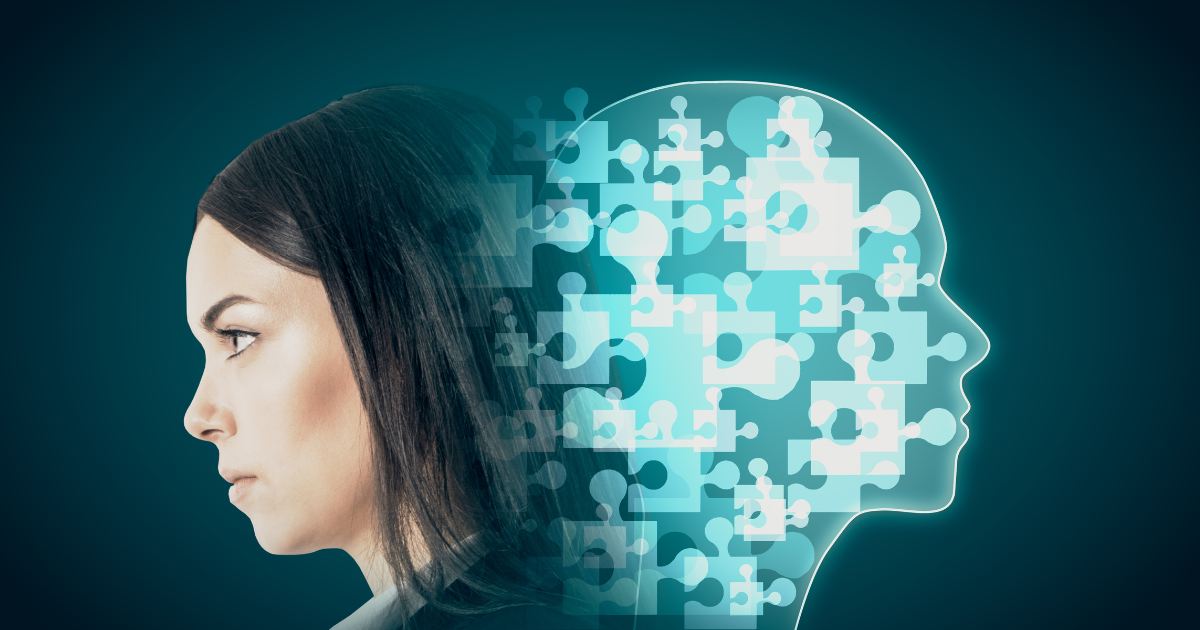
A lot of designers’ work is evolving as a result of these recent advances in technology, which automate laborious activities and provide them access to a multitude of data that might serve as creative inspiration. After analyzing trends and customer behavior, machine learning methods use the data to produce visually appealing content.
However, by learning from previous samples, generative adversarial networks (GAN) can produce completely new, realistic designs. The use of automated design tools frees up designers to concentrate on more complex creative decisions by streamlining tasks like color palette selection and layout creation.
Increased productivity, time savings, as well as access to a wider variety of designs are all benefits of integrating AI into graphic design. AI may be used by designers to more effectively experiment with various styles and investigate novel concepts. Some people are concerned about whether computers may replace designers and artists in the workforce due to the rapid advancements in artificial intelligence. Which can be a possibility but no one is hundred percent sure.
Artificial intelligence (AI) has transformed the graphic design service sector, altering the approach to artistic endeavors. Designed with strong computational powers previously reserved for humans, the capacity to evaluate massive quantities of data and generate solutions based on those analyses—it is no surprise that designers are increasingly relying on artificial intelligence (AI) programs for support in their day-to-day assignments.
AI’s Feature of Automating Work
Artificial Intelligence (AI)-powered solutions have revolutionized the way organizations operate by simplifying once tedious operations and providing a wide range of advantages. Businesses now outsource content production to artificial intelligence (AI), which improves productivity and the standard of content shared by facilitating the search and distribution of relevant data to target groups. However, although AI can outperform professional graphic designers in some areas, it has trouble producing unique content.
Content may be greatly accelerated by using technologies that can produce high-quality content in seconds. This includes logos, layouts, posters, editing visual content, and producing visual content. With their ability to comprehend context, AI-powered algorithms generate interesting and relevant products, making them invaluable tools for companies looking to generate content quickly, expertly, and effectively.
AI greatly improves the skills of people and small digital marketing teams, increasing productivity and campaign performance even while it doesn’t completely replace digital marketing expertise.
The Role Of Emotional Intelligence
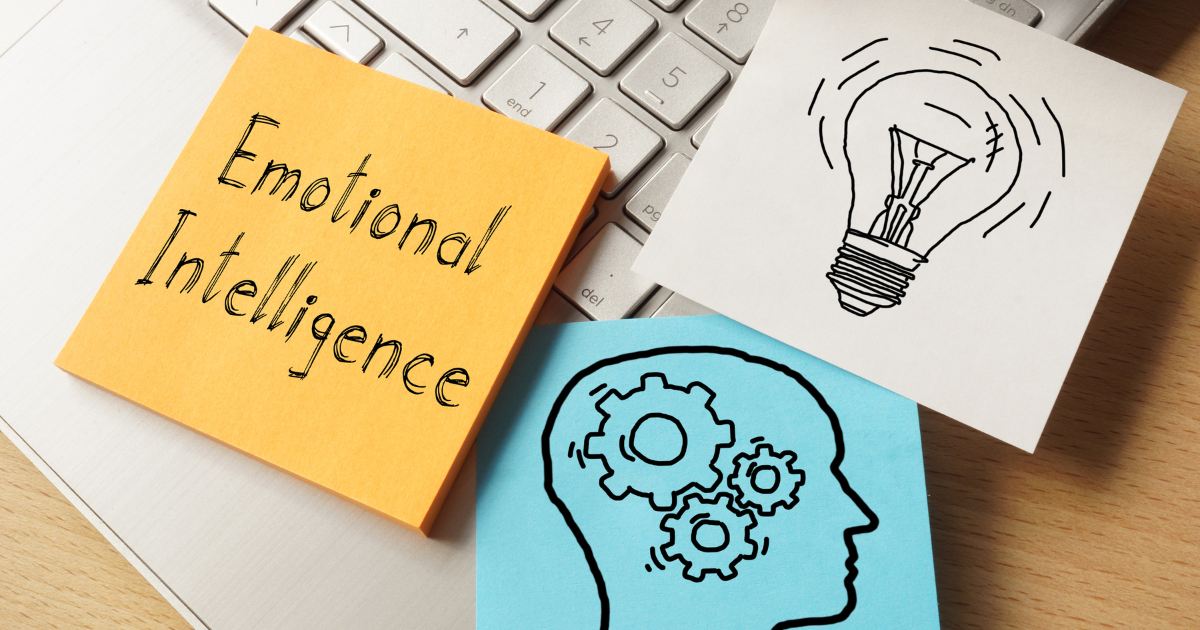
Emotional intelligence in digital marketing is defined as the capacity to identify, comprehend, and regulate one’s own emotions as well as those of others. It is this competence that allows marketers to build real relationships with their customers and understand their needs and wants.
AI is severely constrained in its capacity to evolve cognitively. Since emotions are by their very nature subjective, AI’s understanding of them might be inaccurate or prejudiced. Furthermore, the complex cerebral architecture that enables humans to develop emotional and communicative abilities is absent from artificial intelligence.
These abilities are essential in a variety of digital marketing fields, including social media, graphic design, customer support, SEO services, and PPC management. In order to accurately match consumer behavior with corporate objectives and eventually increase customer satisfaction, they are not only essential in recognizing market activity but also in controlling it.
Lack of Creativity in AI
Even with its potential effectiveness, AI cannot fully replace the distinctive creative touch of human intellect, especially when it comes to graphic design methods. Artificial intelligence (AI) algorithms are good at creating appealing visuals based on existing information, but they are not very good at coming up with unique or novel ideas.
AI isn’t able to create ground-breaking advertising campaigns with out-of-the-box logo designs or come up with creative color psychology strategies. Its ability to analyze consumer behavior and market trends to produce content based on current trends is its greatest asset. As of right now, AI suggestions can never be separated from human-generated or recorded information.
The natural artistic flare that generates graphic success is a uniquely human trait that AI cannot replicate. Critical choices, typically impacted by considerable marketing team investments, rely heavily on human innovation.
Creativity is still an important and essential part of graphic design services in the artificial intelligence generation. While AI can help with some areas of design, the complex, abstract, and emotional as well as psychologically relevant components of creativity are exclusively human. Graphic designers are going performing a vital part in envisioning, planning, and introducing graphic designs with the depth and uniqueness that AI now lacks.
The Future of Graphic Design with AI
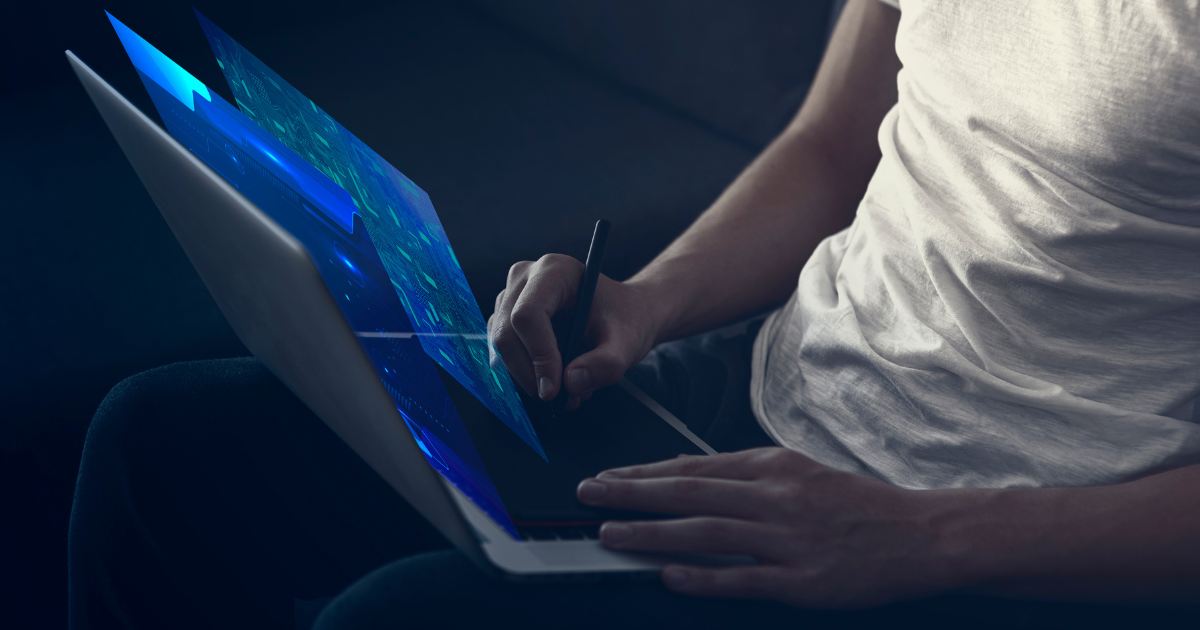
The environment of graphic design and designers’ roles have shifted dramatically as time passed. While print was formerly the exclusive medium, the vast majority of papers are now designed for digital consumption. Designers must be adaptable to a variety of media, such as web design, user interface (UI), and animation.
Despite the growing popularity of automation in many sectors, including graphic design, experts believe that the inventive character of graphic design makes it unlikely that AI will replace human designers in a few years. Artificial intelligence has been available for a while, but recent advancements have brought up fresh opportunities in the world of graphic design.
While AI has various benefits for graphic design services, there are certain concerns, such as the moral application of AI, possible unemployment, as well as the necessity for designers to strike the right balance between automated tasks and human inventiveness. In the end, the influence of AI on graphic design is constantly evolving in a world that presents both obstacles and opportunities.
Conclusion
To recap, while AI is changing the face of digital marketing by simplifying processes, enhancing graphic design services, and delivering visually appealing and eye-catching content for the target audience, it cannot completely replace human expertise and creative thinking. Businesses that implement AI tools, generate incomparable possibilities, and stay up to date on AI developments may grow and flourish in this new era to establish sustainability in a competitive marketplace, despite AI’s limitations such as an absence of uniqueness and emotional intelligence.
AI is not ready to completely replace graphic artists. While AI is excellent at organizing regular chores and creating designs according to established algorithms, it misses the amount of imaginative thinking, feeling, and cultural understanding that human designers possess. The future is increasingly likely to feature cooperation between AI and human designers, where each adds its capabilities to the creative process that fulfills the goals of the business and achieves its creative objectives in the marketplace.

